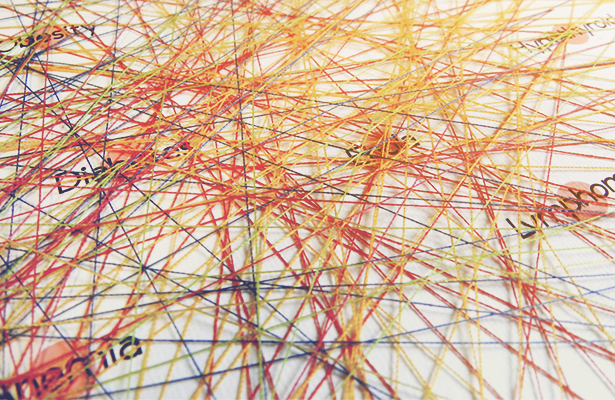Zientzia hedabideetan
-

Networks Reveal the Connections of Disease
Enormous databases of medical records have begun to reveal the hidden biological missteps that make us sick.
-

¿Estamos ‘programados’ para contar de izquierda a derecha?
Un experimento demuestra que la forma en que ordenamos las cantidades de forma lineal podría tener un sustrato biológico más que cultural. Los pollitos recién nacidos parecen tener estos conceptos […]
-

The Secret to a Long Life: Be Cooperative and Live Underground
Naked mole rats enjoy exceptionally long, healthy lives, and there’s more than good genes at work
-

Mystery childhood paralysis stumps researchers
Pathogen related to polio and common cold could be the cause — but little is known for sure.
-

Why the Time Seems Right for a Space-Based Internet Service
New micro-satellite technology is enabling satellite Internet services that could reach billions of new users.
-

Saving the World’s Only True Wild Horses
In the golden glow of sunset, a herd of wild horses nibbles on tufts of needlegrass swaying in a chilly breeze. It’s late August, but here in Mongolia the air […]
-

Células solares menos reflectantes inspiradas en los ojos de las polillas
La creación de nanoceldas de silicio reduce la reflexión de luz solar en un alto porcentaje, al igual que hacen los ojos de las polillas. El sistema podría abaratar costes […]
-

La sequía escribió la historia de auge y decadencia cultural de Mesoamérica
El ascenso y el declive de la ciudad prehispánica de Cantona, en el centro de México, están ligados al clima, en particular a un periodo árido comprendido entre los años […]
-

Scientists Figure Out How to Unboil an Egg
Scientists at the University of California Irvine have developed a way to unboil egg whites by “untangling” their proteins, a development that has the potential to significantly reduce costs for […]
